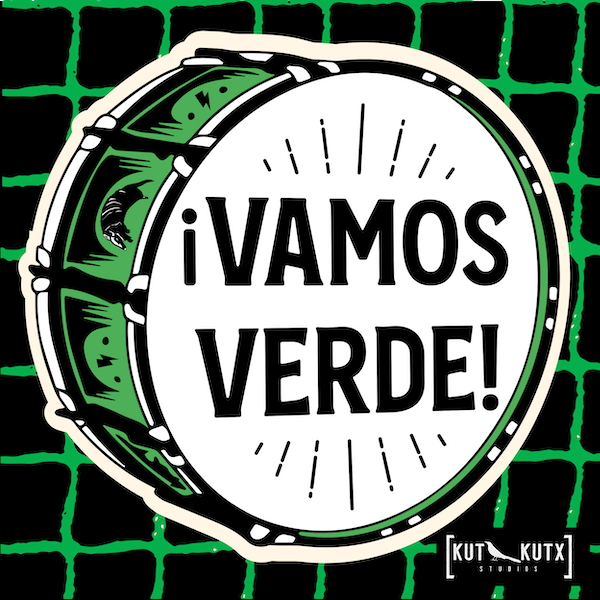The first person to waltz across Texas – okay, waltz is the wrong word (just tipping my hat to Ernest Tubb there). The first European to walk across Texas was Cabeza de Vaca. And he did it barefoot and mostly naked. Why? We shall see.
His full name was Álvar Núñez Cabeza de Vaca. Bet they just called him “Al.” “Alvar” means “guardian.” Turns out that he tried to be just that for the indigenous peoples of all the Americas, North and South.
He started out as a Spanish Explorer in the New World, with an expedition of 300 people in Florida in 1528. Within a few months, Indian attacks and starvation had driven the Spaniards to the coast where they quickly built 5 crude rafts to escape into the Gulf. They hugged the coastline and made it to the Mississippi River, which pushed them out to sea where they were separated by currents and storms. Many died from drinking sea water. Many fell overboard and drowned. Cabeza de Vaca’s raft and one other, along with about 80 survivors, washed up just south of Galveston Island.
Aboriginals on the island saved them from starvation, but many of the Spaniards still died of malnutrition and illness. Many of the native Texans died, too, likely from European viruses that Cabeza de Vaca’s group carried. Within months, only he and three others of his expedition were still alive. That was out of the original 300, a 99 percent death rate. Not exactly a confidence builder.
And then the fun really began. The tribe turned hostile. They made slaves of these castaways – forced them to dig for edible roots, gather firewood and keep fires going all night to ward off the swarms of mosquitoes. They were beaten if they didn’t work hard and sometimes they were beaten just for fun. The castaways were stuck in captivity for several years, though Cabeza de Vaca himself got some relief as they allowed him to trade with other tribes on their behalf.
Despite the horrors they endured, a tiny hope sustained them – Cortés was only 1,000 miles away down in Mexico. Maybe they could reach him and their countrymen. Finally, as their tribe migrated south one summer, they seized the opportunity and escaped.
They headed southwest, following the coastal route that is today highway 35. They had no clothes and no shoes. They walked mostly naked and barefoot through increasingly brutal terrain of mesquite thickets and cactus and sharp coastal grasses. They ate pecans, at what Cabeza de Vaca called the “river of nuts,” which ironically was not the Nueces River – nueces meaning “nuts” – but the Guadalupe. They also ate prickly pear fruit, prickly pear itself, mesquite beans and roasted corn (elotes). Bet they would have given about a million gold Escudo coins for a Whataburger.
One thing they did have going for them is that they became known as shaman or healers. They were called The Children of the Sun by tribes in the region. Many in these tribes flocked to them to be healed. They did the best they could, blowing gently on their patients’ bodies and making the sign of the cross over them. Sometimes they recited rosaries. Fortunately, most people they treated were cured, or at at least reported feeling much better.
Their reputation preceded them and the tribes they encountered greeted them as holy men and demigods. This was quite a welcome reversal from their lives as slaves.
Despite the difficulties of their journey, Cabeza de Vaca still marvelled at the beauty of the coastal plains of Texas. He saw buffalo, which he called huge cows, and even tasted the meat once or twice. He declared it better than European beef. He later wrote: “All over the land there are vast and handsome pastures with good grass for cattle, and it strikes me that the soil would be very fertile were the country inhabited and improved by reasoning people.” He was a bit ethnocentric on the criticism, but it turned out he was a healer AND a prophet – predicting the great cattle ranches that would flourish in Texas 300 years later. Back in Spain, he would argue for peaceful coexistence and cooperative colonization with the American Indians. The Crown was so amazed by his idea that they imprisoned him to kill it.
Though the exact route is not known, many believe that Cabeza de Vaca and the castaways trekked southwest through present day Falfurrias and Roma where they crossed the Rio Grande and then turned Northwest. They walked all the way to the Pacific Coast. Ten years after they left Spain, they made it to Mexico City.
Cabeza de Vaca was the first European to get a good look at the magnificence of Texas and to leave behind a record of what it could become. He was Texas’ first tourist and he was Texas’ first travel writer. He gave Texas a five star review for its potential. And in terms of making the most of the land, our ancestors fulfilled his prophecy. In terms of getting along with the native Texans, well, not so much. Let’s just say, it’s complicated.





